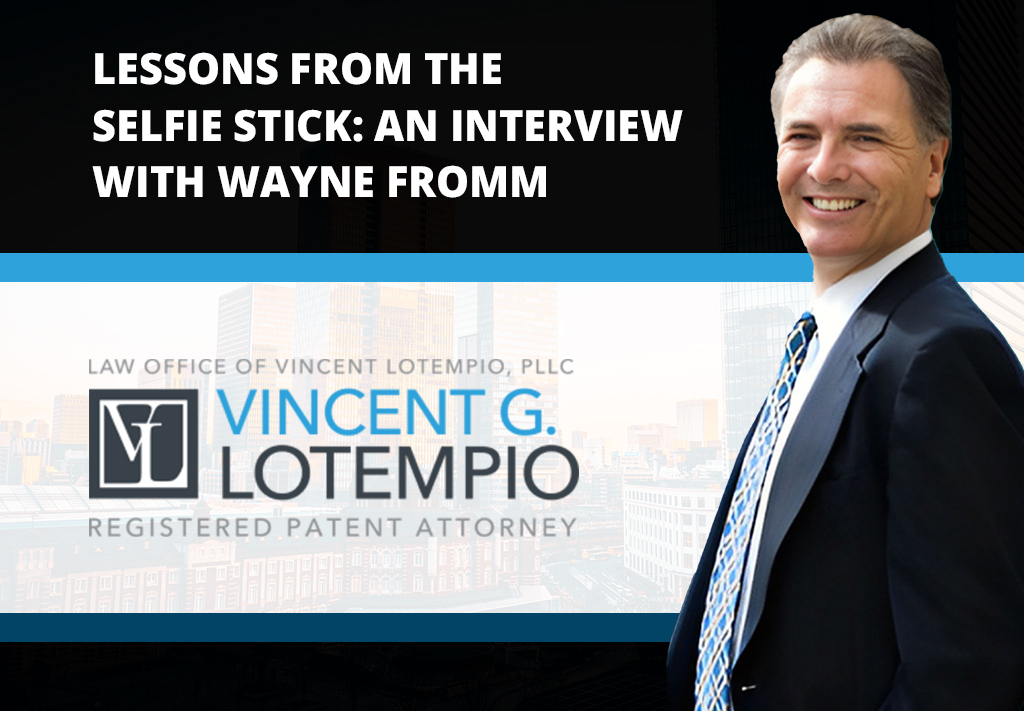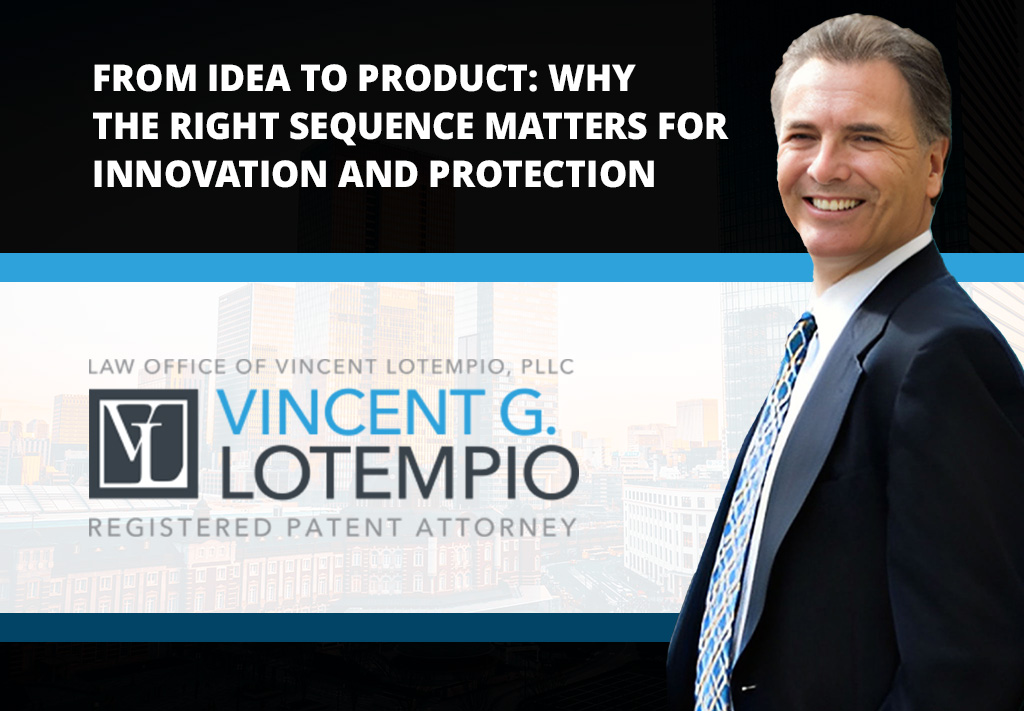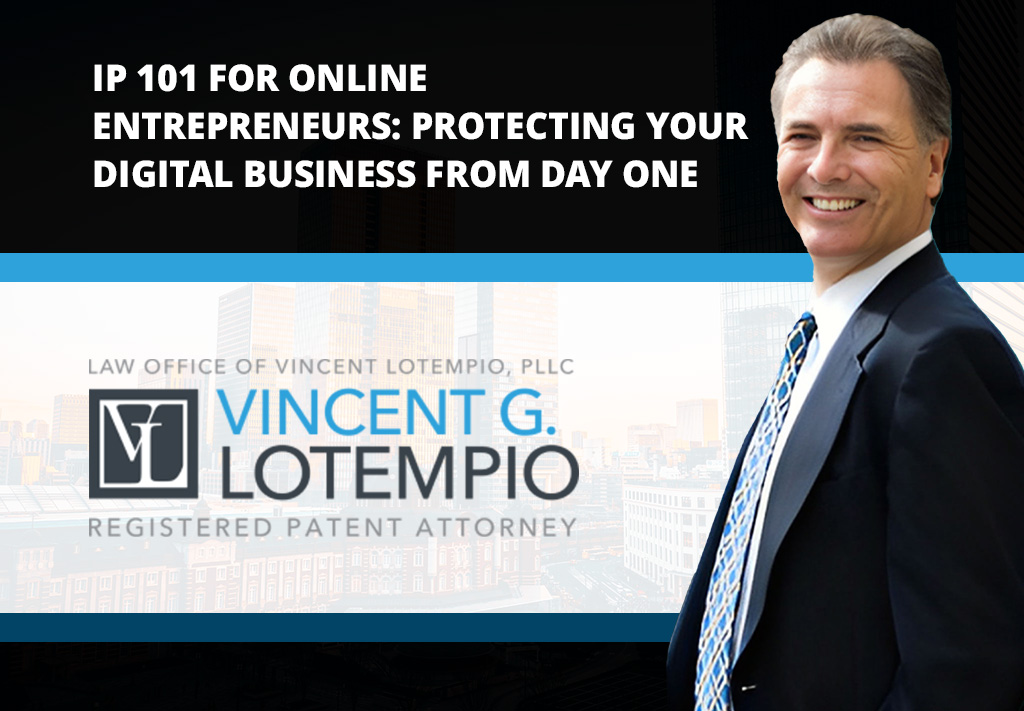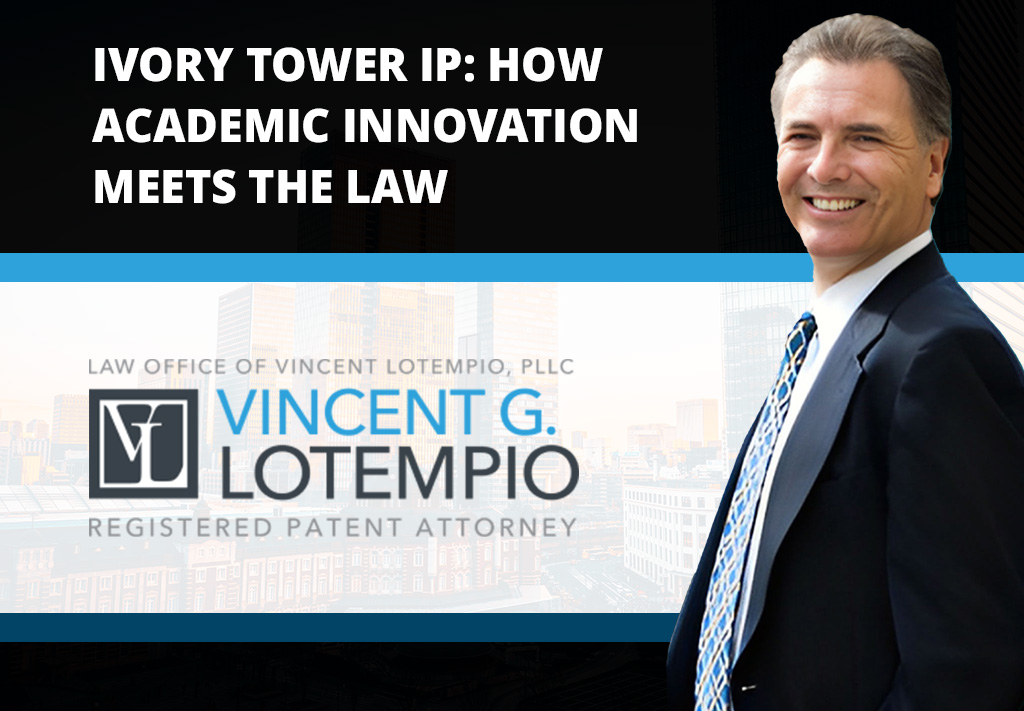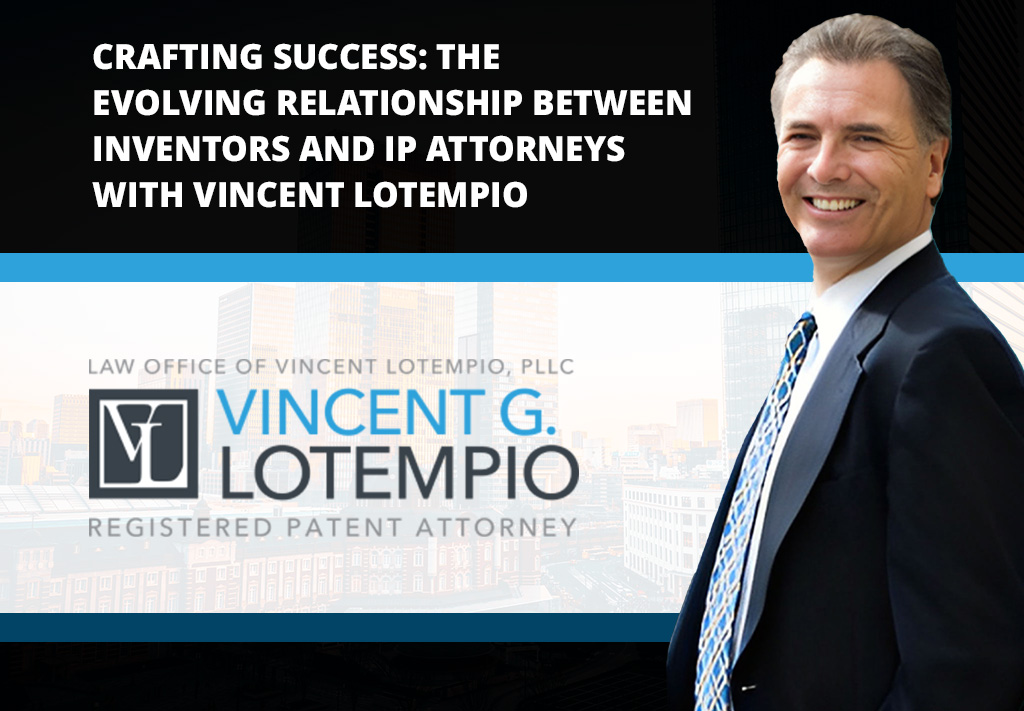For many inventors and businesses, patents are of little value unless they are monetized. Patent owners have several different routes they can take to monetize their patents, but the general process is laid out below.
1.) Set Goals
Every owner is going to have a different objective in monetizing their patents. Owners may be trying to recover money lost during research and development, gain an advantage in the marketplace by blocking their competitor’s innovation, foster a reputation as being cutting-edge in the industry, or simply generate revenue.
Typically, owners are going to know exactly what they want from their monetized patents, and the exact monetization strategies they take are going to depend on these goals.
2.) Select Patents to Monetize
Many businesses have portfolios of patents. It could be a waste of time, energy, and resources to try and monetize each and every patent they have. Simply put, some patents are worth something, and others aren’t. There are several factors to consider when trying to choose which patents to monetize.
Putting value on a patent is not an easy task, and it is wise for owners to work with lawyers and technical experts throughout this process. It requires in-depth understanding of the marketplace and particular industry the patent is related to. Looking at previous patent transactions in the market can be very useful during this process.
Next, it is useful for owners to research whether or not any other companies are infringing on their patents. If another company is infringing on your patent, the patent’s worth instantly increases and a wider range of monetization strategies become available.
Closely connected with deciding whether someone is infringing on your patent, is objectively analyzing the strength of the patent’s claims. Take a look at previous court rulings. What kind of claims are too broad or obvious? If the patent’s claims wouldn’t stand up to a judge’s scrutiny, then the fact that another company is infringing on the claims doesn’t hold much weight.
It, also, helps when the patent you’re trying to monetize is essential to your business. Many companies try to monetize patents that cover non-essential technology. One theory for this is that companies are already making money from their essential technologies and are typically trying to make money elsewhere. Monetizing essential patents is becoming increasingly useful, though. This is especially true if you can find a non-traditional industry that could benefit from the technology in your patent while not cutting in to your share of the market.
3.) Select a Monetizing Strategy
There are several mainstay strategies for monetizing patents:
- Direct Licensing – The owner allows another company to use the technology protected by a patent for a fee. The original business still retains ownership of the patent. The fee could be paid in full at the beginning of negotiations or could be in the form of royalty checks from the licensee.
- Indirect Licensing – The owner sells the patent to a non-practicing entity. Non-practicing entities will then license the patent to other companies. Typically, the original owner receives up-front cash from the non-practicing entity and royalties when the non-practicing entity subsequently licenses the patent.
- Litigation – If the owner can’t craft a deal to license the patent or doesn’t want to share his technology with a competitor, he or she can bring a lawsuit if another company is infringing on the patent. The owner can get an injunction, ordering the infringing company to stop using the technology in the patent, and monetary damages for any revenue the infringing company stole from the owner.
- Sale – Depending on the patent, the owner may sometimes find it beneficial to outright sell the patent to another company. This maximizes the owner’s up-front profit, but he or she loses royalty rights down the road.
- Commercialization – Lastly, but requiring the most effort, the owner can keep the patent and use its technology to bring goods to the market.
Picking the right strategy involves weighing the costs and benefits in a particular owner’s case. If you need cash right now, sale or indirect licensing make sense. Sale and indirect licensing are, therefore, the safest options because you are guaranteed money up front, but they don’t have as much upside as direct licensing. Direct licensing, also, makes sense if the technology in the patent is something important to your business that you don’t want to lose the rights to entirely.

4.) Choosing the Right Targets
Next, the owner must decide which company it makes sense to conduct business with.
If one company is generating large revenues by infringing your patent, they may be the most likely to settle with an expensive licensing agreement. On the other hand, if they are a large company with a vast patent portfolio of their own, they may be willing to fight you in court, which can prove costly and time consuming.
At the opposite end of the spectrum, companies that are only generating modest revenues from infringing on your patent may be willing to quickly settle for a licensing agreement. The agreement probably wouldn’t make you rich, but could quickly generate some small cash-flow.
In any case, it makes the most sense to deal with companies that are heavily relying on the technology in your patent. If the technology is essential to whatever product the infringing company is selling, they’ll have to buy or lease the rights to your patent or abandon the product. In contrast, if the technology is non-essential to the product, the infringing company may just redesign their product instead of leasing the patent from you.
More often than not, it is the threat of lawsuit that bring the infringing companies to the negotiating table.
In conclusion, successfully monetizing a patent can be a complicated process. To do it accurately, it is in the patent owner’s best interest to seek outside counsel from technical experts, business experts, and lawyers. The need for counsel and the constant possibility of negotiations with infringing companies devolving into litigation can make the monetizing process expensive.
No two monetization schemes may be alike. Each plan is going to individually depend on the owner’s short-term needs, long-term goals, and expendable funds, what companies are infringing the patent, and how the infringing companies are using the technology in the patent.


